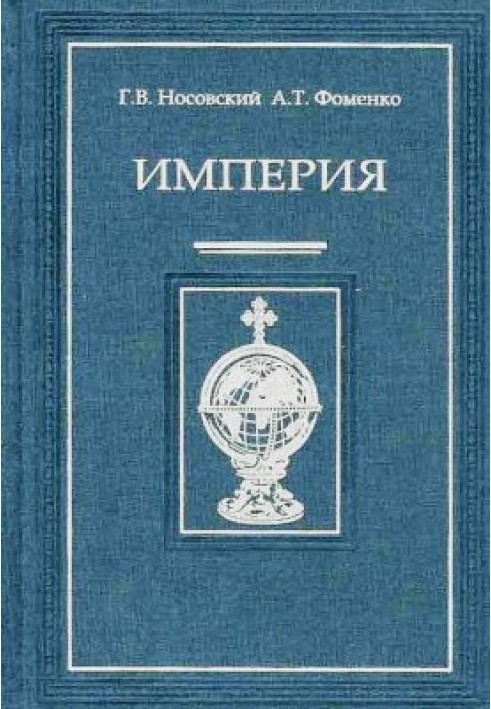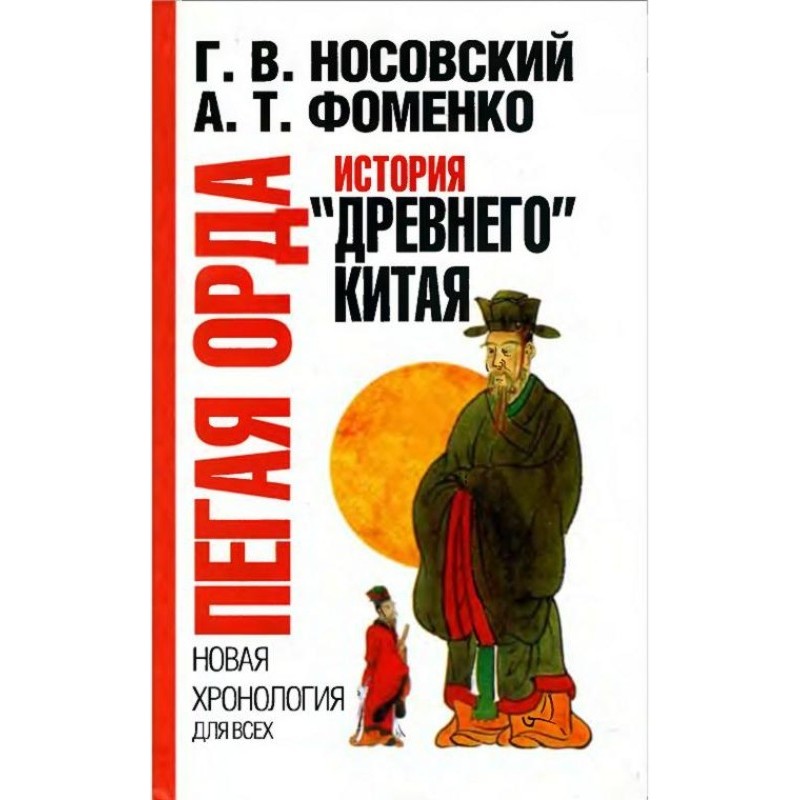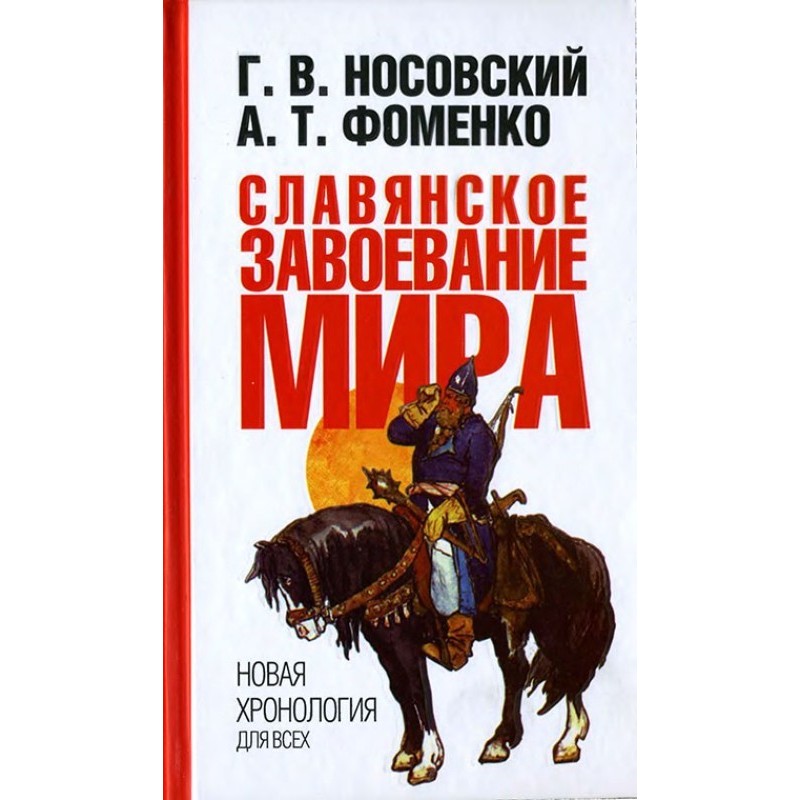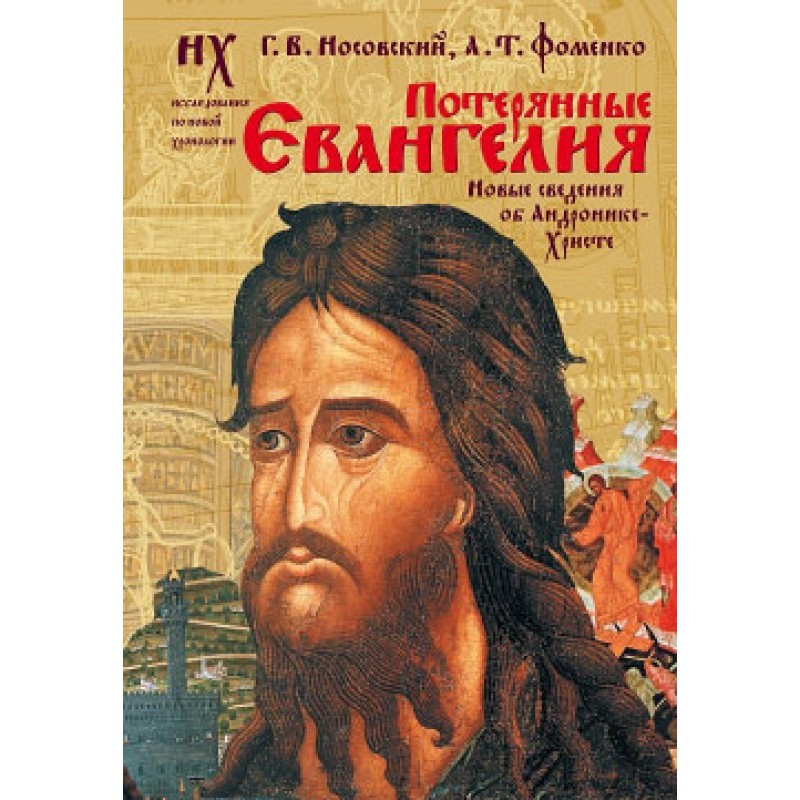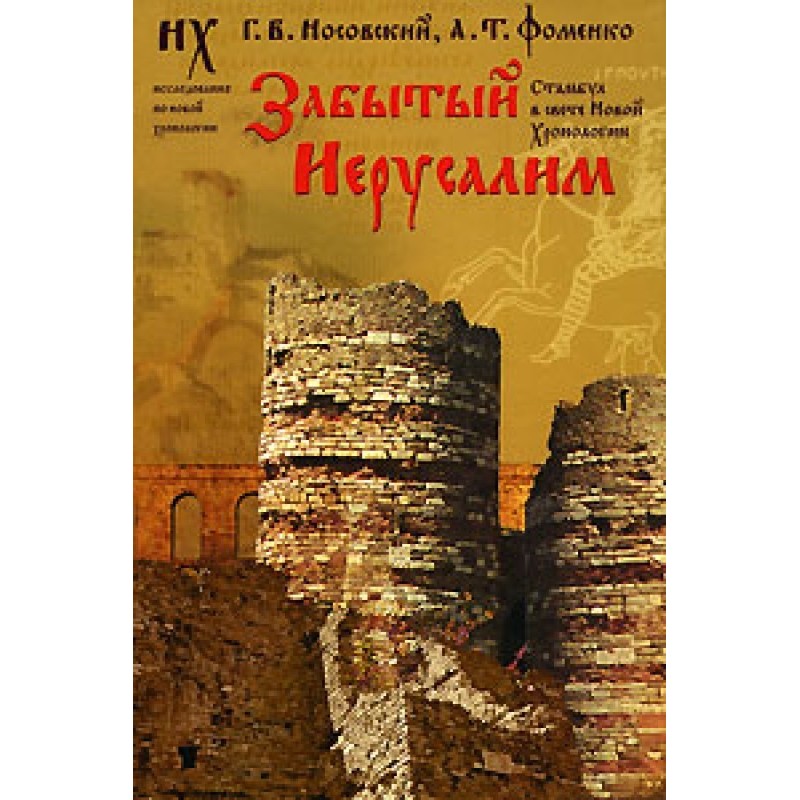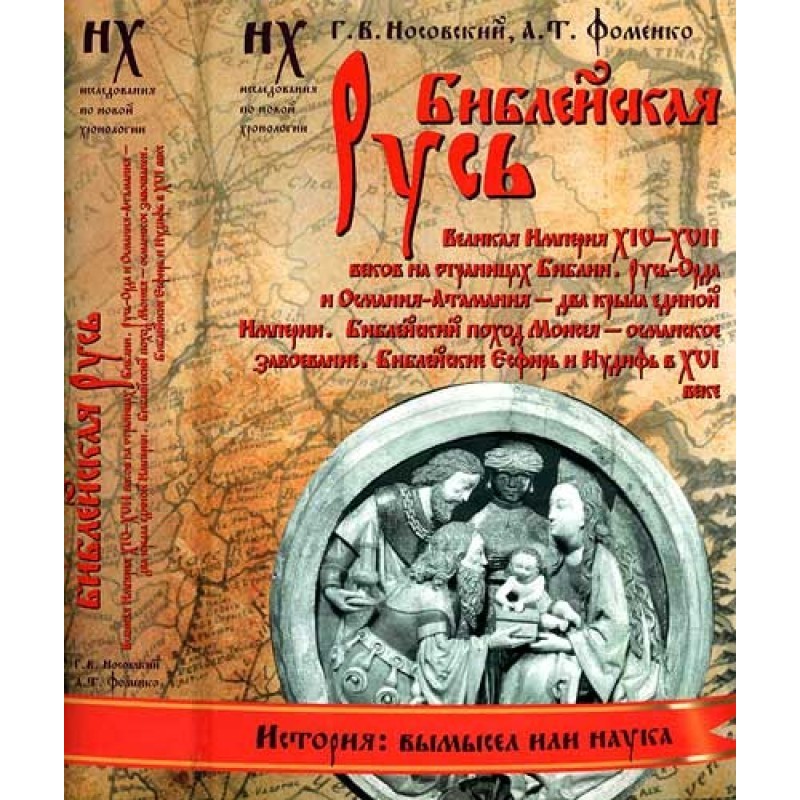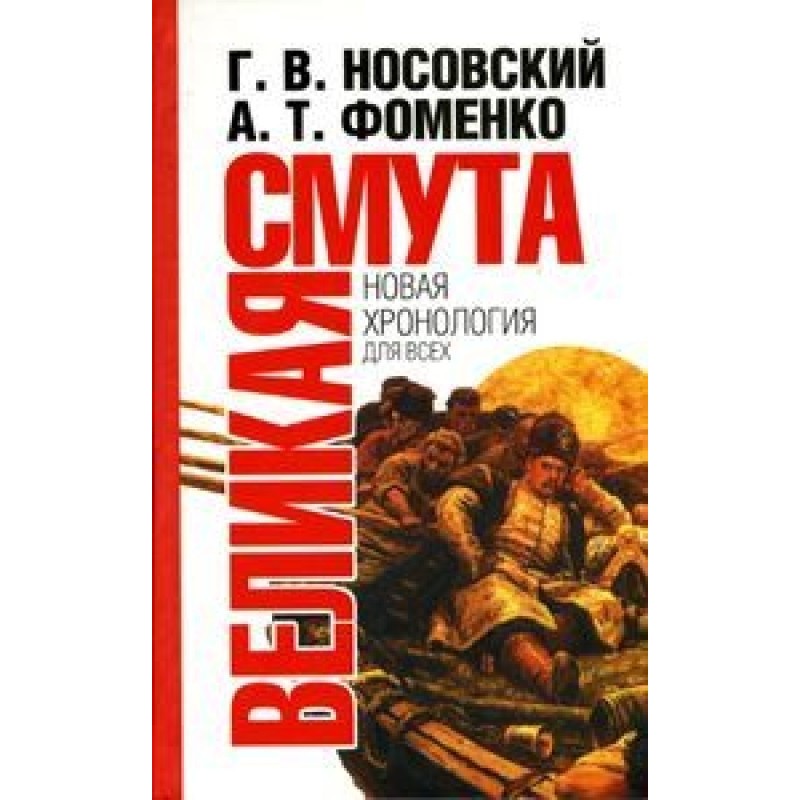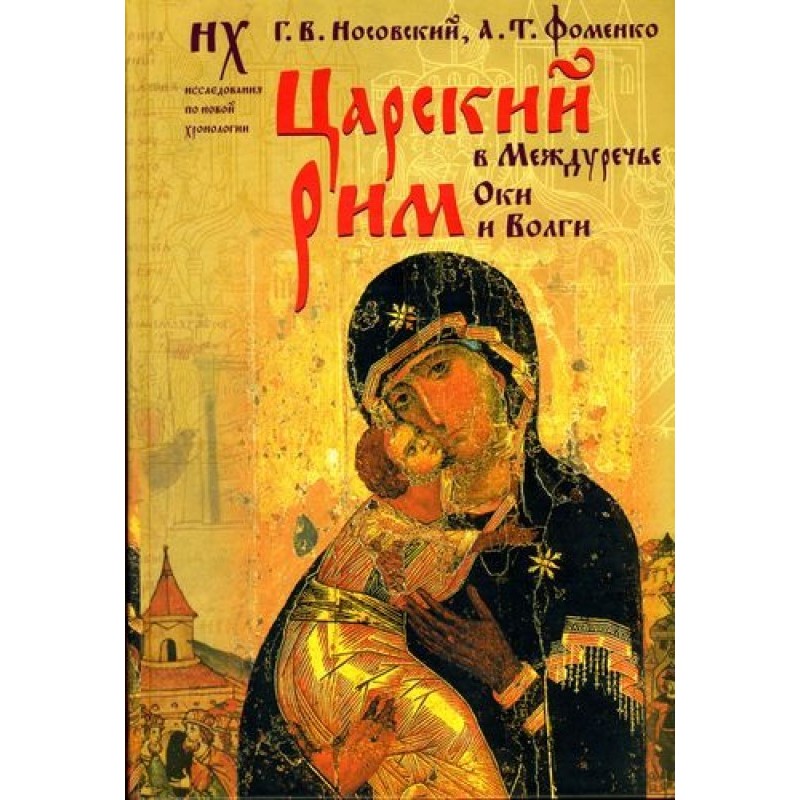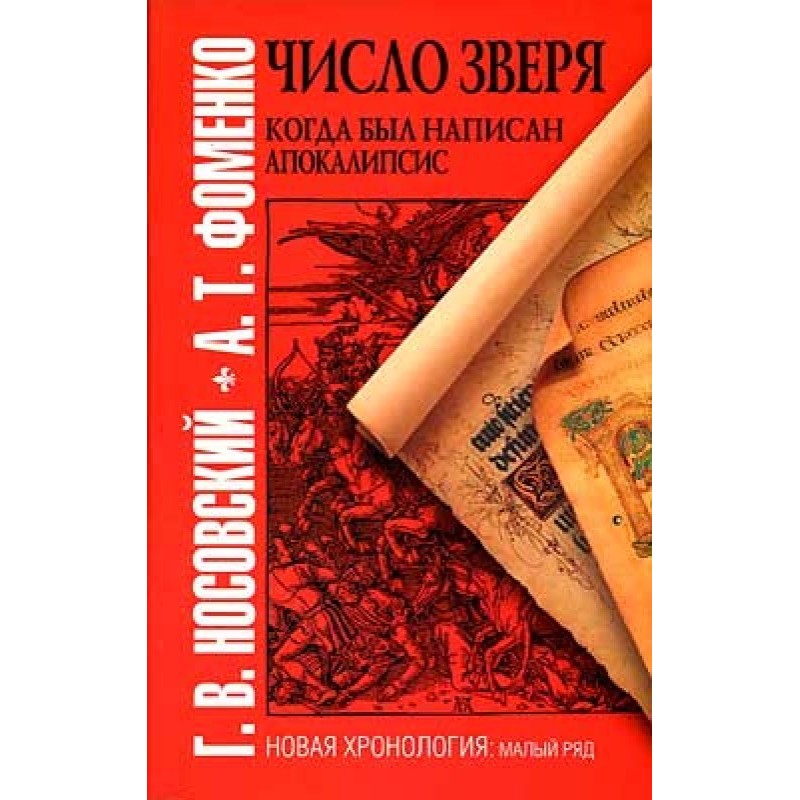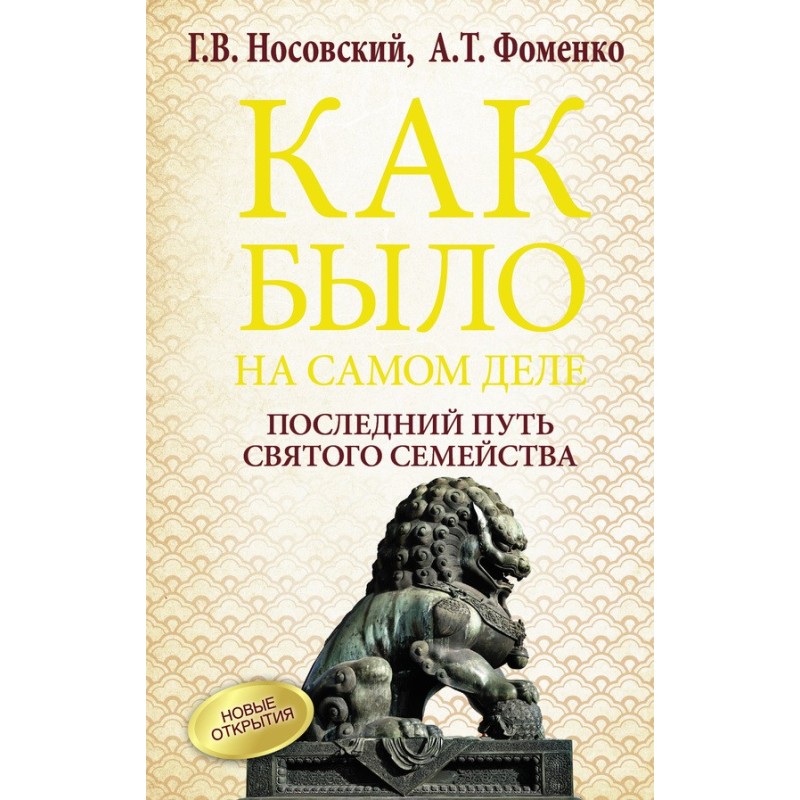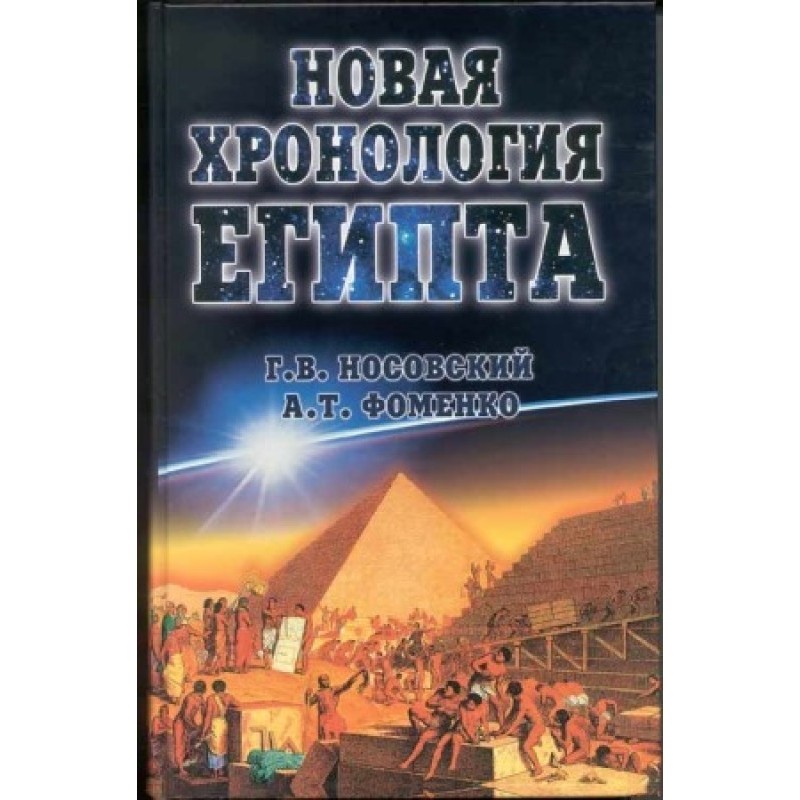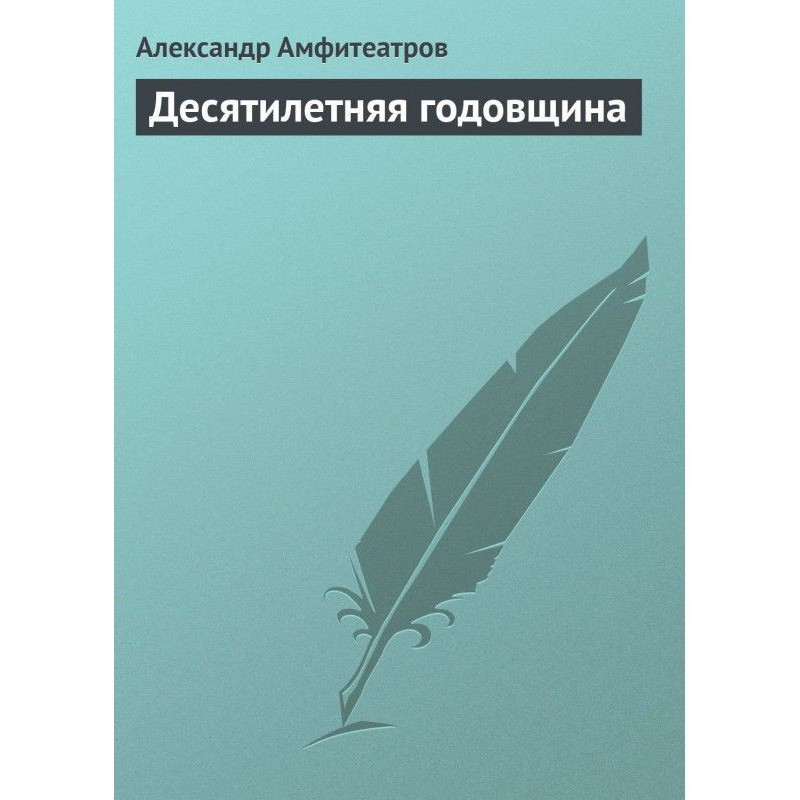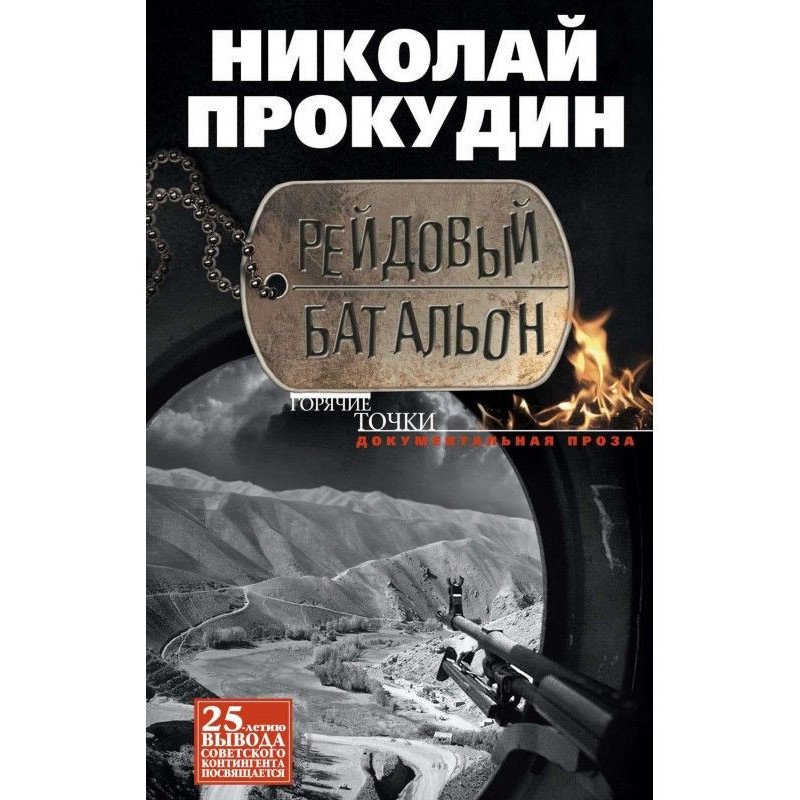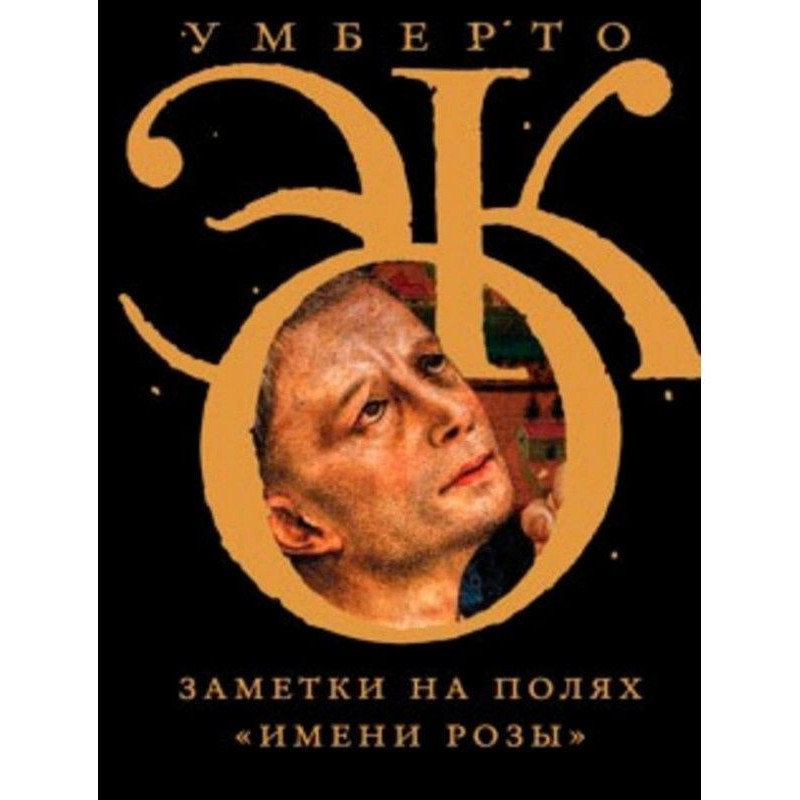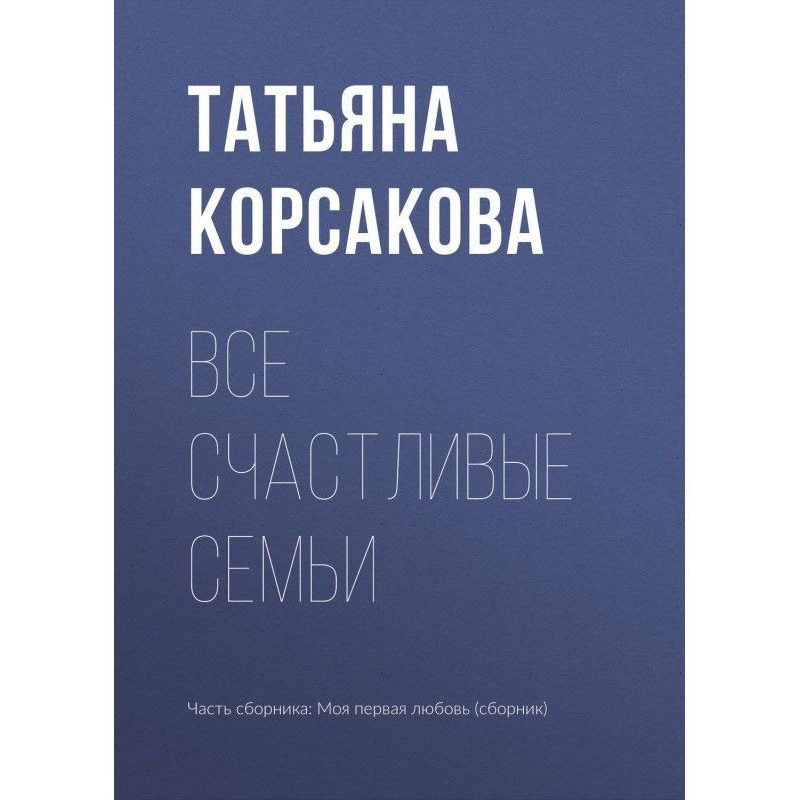Empire - I
 Instant download
Instant download
after payment (24/7)
 Wide range of formats
Wide range of formats
(for all gadgets)
 Full book
Full book
(including for Apple and Android)
Finally created in the 16th century AD. and the chronology and history of the ancient and medieval world accepted today is apparently incorrect. Many eminent scientists understood this. But building a new, consistent concept of history turned out to be a very difficult task. Apparently, the final overall version of the chronology of ancient and medieval history was proposed by A. T. Fomenko in 1979. Subsequently, a group of mathematicians and physicists, mainly at Moscow State University, worked on this problem. The new concept is based, first of all, on the analysis of historical sources using the methods of modern mathematics and extensive computer calculations. In their previous book “New chronology and the concept of the ancient history of Rus', England and Rome” (Moscow, Moscow State University, 1995), the authors examined the history of the Russian-Mongolian empire “from within,” that is, from the center where it arose and from where it began to expand. This center was Vladimir-Suzdal Russia. This book analyzes the history of the Russian-Mongol Empire as if “from the outside.” It tells about the history of those countries, including the territories of Western Europe, which were overwhelmed by the wave of the Mongol conquest in the 14th century, and then, in the 16th-17th centuries (with the collapse of a huge empire) finally separated from the metropolis and became independent. This book outlines : A new interpretation of the history of Western Europe. A new interpretation of the history of China. A new interpretation of the history of Egypt. A possible solution to one of the most difficult mysteries of history - who are the Etruscans?
The book is intended for a wide range of readers interested in the application of natural sciences methods in history.
Volume I. Parts I-IV.
As an “Introduction” we took fragments from a short abstract by A. T. Fomenko, published in 1980, and from books by A. T. Fomenko “Critique of the traditional chronology of antiquity and the Middle Ages (What century is it now?)”, Moscow, Moscow State University, 1993.
Morozov posed the question much broader and deeper than Newton. He extended the critical analysis up to the 6th century AD, discovering here too the need for radical re-dating. Although Morozov also failed to identify any system in the chaos of these transfers, he took a qualitatively new step. Morozov was the first to understand that not only the events of ancient but also medieval history needed re-dating. However, he did not go beyond the 6th century AD, believing that here the Scaligerian chronology is more or less correct.
Here we enter the shaky ground of assumptions. But this is necessary if we want to understand the reasons for the distortion of history. Moreover, some hypotheses are already emerging from the material we have accumulated. Of course, preliminary.
Data sheet
- Name of the Author
- Анатолий Фоменко Тимофеевич
Глеб Носовский Владимирович - Language
- Ukrainian
- Release date
- 1995
Reviews
Вражаюча нова перспектива на історію!
Книга "Імперія - I" відкриває абсолютно новий погляд на історію, який, безумовно, змусить вас переосмислити все, що ви знали раніше. Автори, спираючись на сучасні математичні методи та комп'ютерні розрахунки, пропонують читачеві альтернативну хронологію, яка ставить під сумнів традиційні уявлення про давню та середньовічну історію. Особливо вражає аналіз Російсько-Монгольської імперії та її впливу на Західну Європу. Книга не лише надає нові інтерпретації історичних подій, але й порушує важливі питання про те, як ми сприймаємо історію в цілому. Хоча текст іноді може бути важким для сприйняття через складність теми, я вважаю, що це обов'язкове читання для всіх, хто цікавиться історією та її таємницями. Величезний плюс - якісний переклад, який, незважаючи на деякі недоліки, дозволяє зрозуміти основні ідеї автора. Рекомендую цю книгу всім, хто готовий до нових відкриттів і глибоких роздумів!

